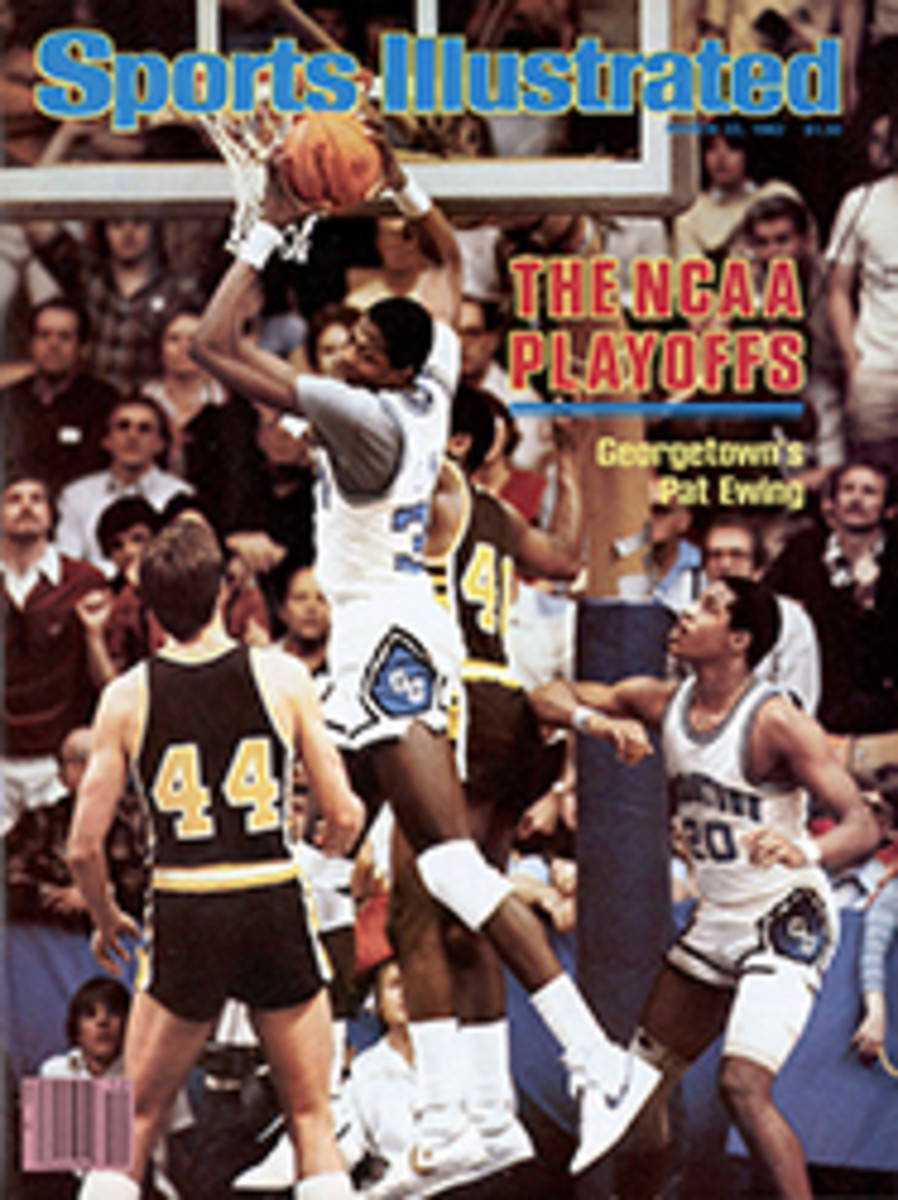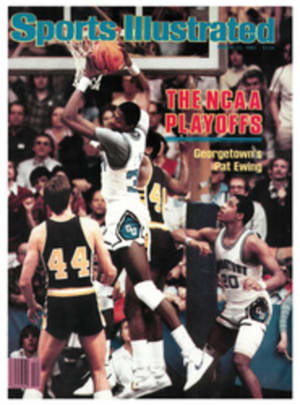
THE CBA MAY HAVE A POINT WITH ITS NEW WAY OF FIGURING THE STANDINGS
In the second quarter of a Continental Basketball Association game at Rochester last season, Jim Drucker, commissioner of that minor pro league, found his eyes glazing over from boredom. Rochester was coasting, with a lead of more than 20 points over Philadelphia, and, says Drucker, "I would've yawned if I hadn't been afraid of having my picture taken. It was like watching The Sting and being told halfway through how it would end."
Drucker responded by devising a new approach to computing the league's standings that was designed to hold fan interest and motivate players to hustle throughout the game (SCORECARD, July 13, 1981). His system awards a team three points in the standings for a victory, one point for each quarter in which it outscores its opponent and one-half point for each quarter in which it ties its opponent. The team with the highest point total—and not necessarily the best won-lost record—would be in first place. During a game fans watch not only the main scoreboard, but also an auxiliary scoreboard that provides a running tally of the quarter being played. The most points a team can earn from a game are seven—three for winning and four more for outscoring its opponent in every period. At the other extreme, a victorious team can receive as few as four points with the loser picking up three.
In this year's 184-game regular season, which ended March 14, Drucker's innovation affected the relative positions of teams in the standings in only one instance—otherwise the winningest teams finished on top—but it dramatically changed the style of play. Most obviously, those monotonous stretches of running and gunning known as "garbage time" virtually disappeared. Because the outcome of each quarter altered the standings, teams generally played under much tighter control, with coaches ordering more pattern offenses and goading their players to stay alert on defense.
This more deliberate rhythm, abetted by minor rule changes in the awarding of foul shots, reduced scoring by about 10 points per game. That was a precipitous drop, especially because CBA players love to run up gaudy stats to attract the attention of NBA teams.
But while scoring cooled down, competition heated up. Many games were struggles for all 48 minutes; even when a team was hopelessly overmatched, it scrapped valiantly in the final period to salvage a point. In 69% of the games, the fourth quarter or the game itself was decided by four points or fewer.
This intensity increased the pressures on every participant. Referees drew more complaints about their calls. Players had to push their bodies harder, an unpopular chore in a league where road trips are long and rosters are short. The stars usually got no more than brief rests, because they were often rushed back into the game toward the end of each quarter.
Coaches also felt beleaguered. They had to prepare for four "end-of-game" situations instead of one, juggle their lineups and time-outs accordingly and make some new and dicey decisions: Should a team try a two-point shot to tie a quarter or a three-point shot to win it? In the final period, if a three-point shot would tie the game but only a two-point shot was needed to win the quarter, which should a team attempt? Most coaches opted for the safer two-point shot, but no matter what they chose, they were more vulnerable than ever to second-guessing. "We really aggravated our ulcers," says George Karl, coach of the Montana Golden Nuggets.
Karl asserts that the new system took a lot of fun out of the game. "I like garbage time, at least when it comes at the end of a blowout," he says. "If you're winning big, you've earned the right to relax. By that stage you should be thinking about getting a beer rather than a point in the standings.
"We couldn't enjoy our tough wins as much, either. In close games we earned only a few points more in the standings than the teams we beat, so we were left feeling we had barely won anything. Maybe they ought to give more points for winning—say, six instead of three."
Fine-tuning the allocation of points might make sense, but abandoning the entire system wouldn't. CBA players and coaches did have to put out more this season, but as Frank Grant, an owner of the Maine Lumberjacks, says, "That's what they're paid to do." And over the years pro basketball spectators have had to endure far too much action that resembled pickup games at the Y.
Certainly CBA fans showed an appetite for better-quality basketball; league attendance was up almost 20%. "The fans yelled like crazy at the end of most quarters," says Drucker, "and they rarely left a game early." In fact they rarely left their seats for anything. Concession sales were down.
That sort of fan interest gladdens an owner's heart, and it raises the intriguing possibility that the NBA, with its chronic attendance and ratings problems, might try the same experiment. And Big Brother is, in fact, watching. The NBA gives the CBA an annual subsidy, in part to have the minor league test new rules and equipment, and NBA Commissioner Larry O'Brien says that his people "closely monitored the new system."
But the NBA is likely to take a very long look before it leaps. NBA owners accepted the three-point shot only after a great deal of soul-searching, and they'll probably be even slower to adopt a system that changes the game so much. As Frank Layden, coach and general manager of the Utah Jazz, says, "Who knows where this approach might lead? The players might say they're playing four times as many games and deserve more money."
ILLUSTRATION
DAGMAR FRINTA

